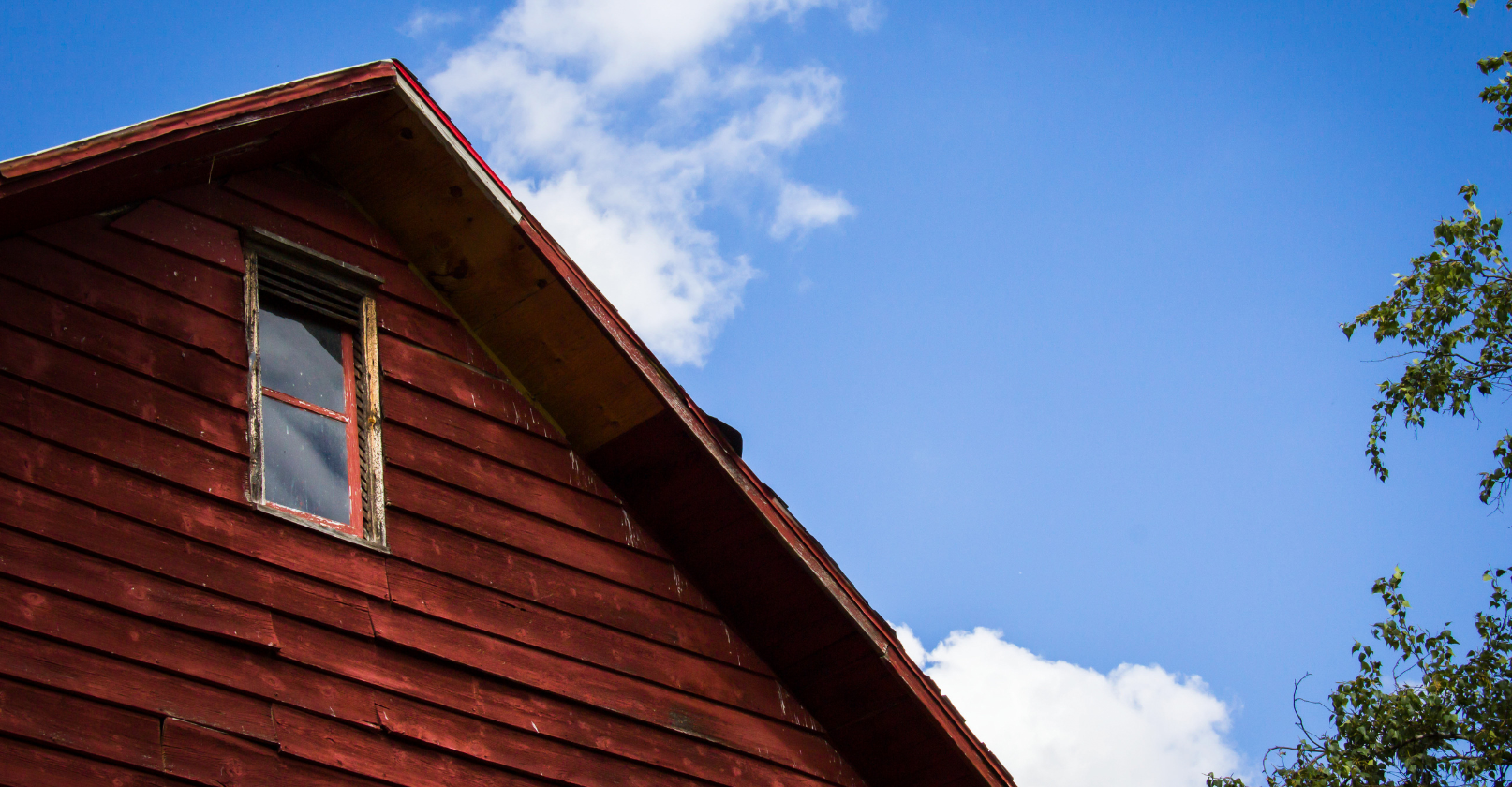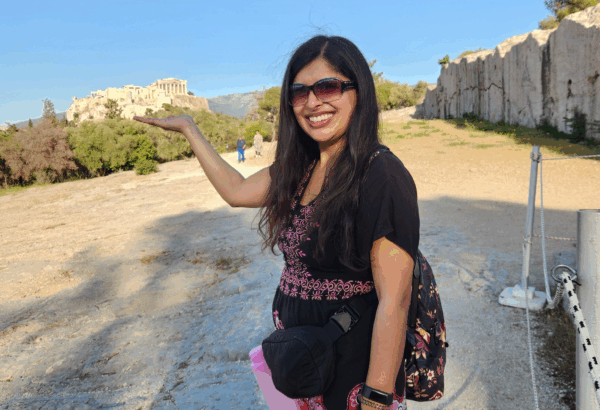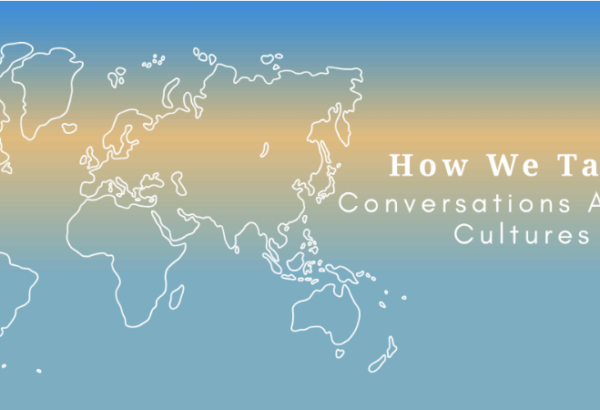It was clear, however, that the house had not been renovated in decades. The dishwasher was from 1982, the walls painted a unique shade of bright green. We quickly decided that we had to see each room differently. We had to look at what was there, discern the main structural components and dream about what the house could be. In essence we looked for what was wonderful about it and what could be updated. When we were looking at the house, as Thoreau says here, we were choosing to see what we were imagining it to be with a different coat of paint, some altered flooring, some new windows.
It’s not what you look at that matters, it’s what you see.
~Henry David Thoreau [1]
Seeing the United States as a House
Isabel Wilkerson uses the metaphor of an old house in Caste: The Origins of our Discontents as she unpacks why racism in the United States will continue to corrode structures unless it is addressed directly. She says, “America is an old house. We can never declare the work over. Wind, flood, drought and human upheavals batter a structure that is already fighting whatever flaws were left unattended in the original foundation…The owner of an old house knows that whatever you are ignoring will never go away.” [2]
According to Wilkerson, if we choose not to see places of rot within the structures of the United States and then work to fix them, the damage will increase over time. She urges us to look carefully at each element in order engage in the work of repairing the old house. The house does not need to be burned down or condemned. The places of decay can be examined, removed and replaced by better beams that make the structure stronger. Yet we must see them, we have to work to change them. We cannot pretend the structural damage of racism is not present in the U.S.
A quick read of Thoreau’s quote might yield the hasty interpretation that if you just look at the world through rose colored glasses, all will be ok. Putting this quote alongside of Wilkerson, however, seems to say just the opposite. Thoreau is instead prompting us to really examine things to see what is there, to uncover uncomfortable truths that might be plastered over by other things, to question the structures and work to make them better.
Contemplative Social Movements: Casting a Vision
I have been thinking a lot about how I see as I prepare for a trip through some of the major cities of the U.S. Civil Rights movement of the 1960s. Recently, I rewatched Ava Duvernay’s Selma. The film is an unflinching look at the deep challenges the Rev Dr. Martin Luther King faced as he tried to see both the reality of deeply discriminatory practices and the promise of what things could be through his vision for change. Despite FBI surveillance trying to undermine his relationship with his wife, despite racist death threats constantly, despite real disagreements among different organizations within the movement, Dr. King and the many others involved in the Selma movement, were able to keep their vision clear and focused.
How did they do this? In one scene when Dr. King seems particularly discouraged, he calls Mahalia Jackson and says, “I need to hear the voice of God” and she sings a soulful spiritual. You can see him being restored as he listens. In another scene in a jail in Selma when he is likewise discouraged, his friend quotes a Biblical passage to him and he literally lifts up his head to see straight again.
The U.S. Civil Rights movement had deep contemplative roots. Dr. King’s contemplative tradition, Christianity, allowed him to be restored and renewed even in the discouraging moments. Even while leading powerless people in non-violence while powerful and violent people beat and even killed them, Dr. King was able to see, both the decay and the promise of the U.S. These moments of contemplation were vital to the work of social change.
How Gen Z Sees?
The desire to change society resonates well with Gen Z for whom political activism is a generational hallmark. John Della Volpe’s book, Fight: How Gen Z is Channeling their Fear and Passion to Save America, uses survey data to demonstrate how Gen Z is using democratic means to voice their frustrations with older generations’ inaction on pressing social issues. “For them, America at times has resembled a dystopia. But they won’t sit back and take it. They’ve decided to fight their own war against injustice and inequality right here at home.”[3] From climate change, to gun control, racial equality to reproductive rights, Gen Z is speaking out and showing up to contentious political battles.
I wonder though, in light of the example of the Civil Rights movement, if Gen Z is drawing upon contemplative traditions to restore and have their vision renewed. It is an open question. The times are deeply challenging and without deep wells to draw from, how will we envision a future that is hopeful?
[1] Henry David Thoreau Walden or Life in the Woods, August 9, 1854, (Ticknor and Fields: Boston)
[2] Isabel Wilkerson Caste: The Origins of our Discontents (New York: Random House, 2020) 17.
[3] John Della Volpe Fight: How Gen Z is Channeling their Fear and Passion to Save America (New York, Sta Martin’s Press, 2021) 13.




